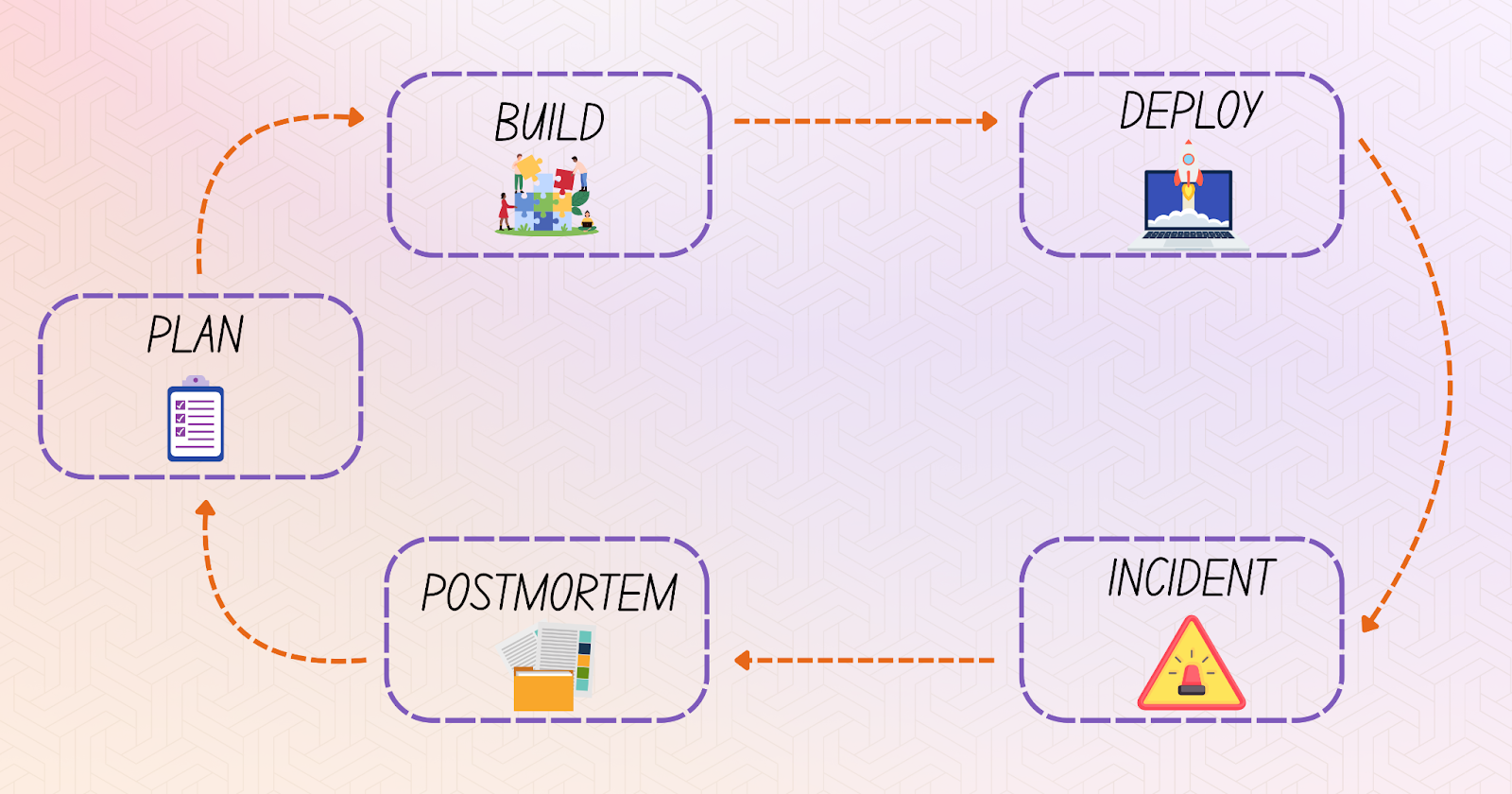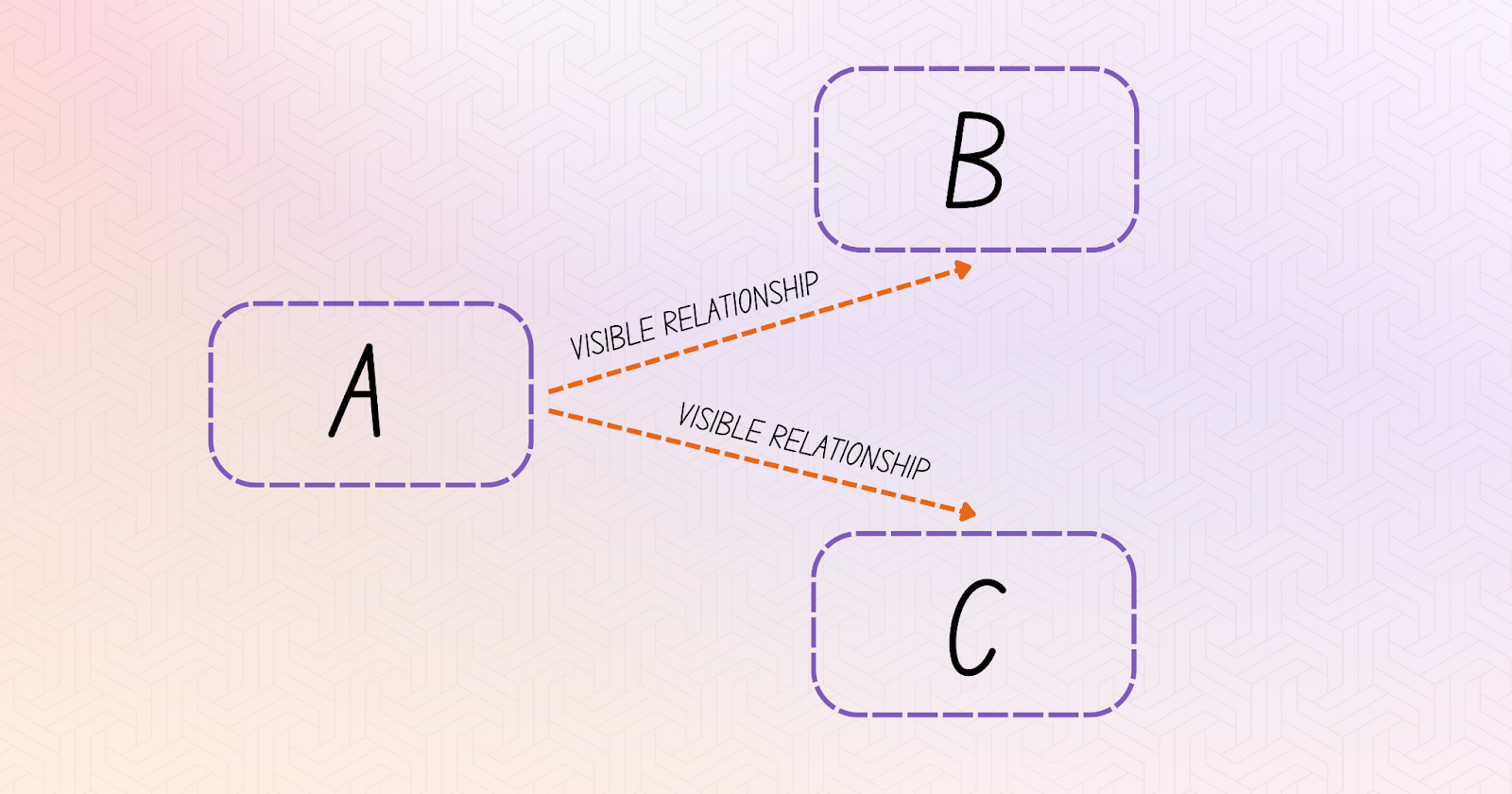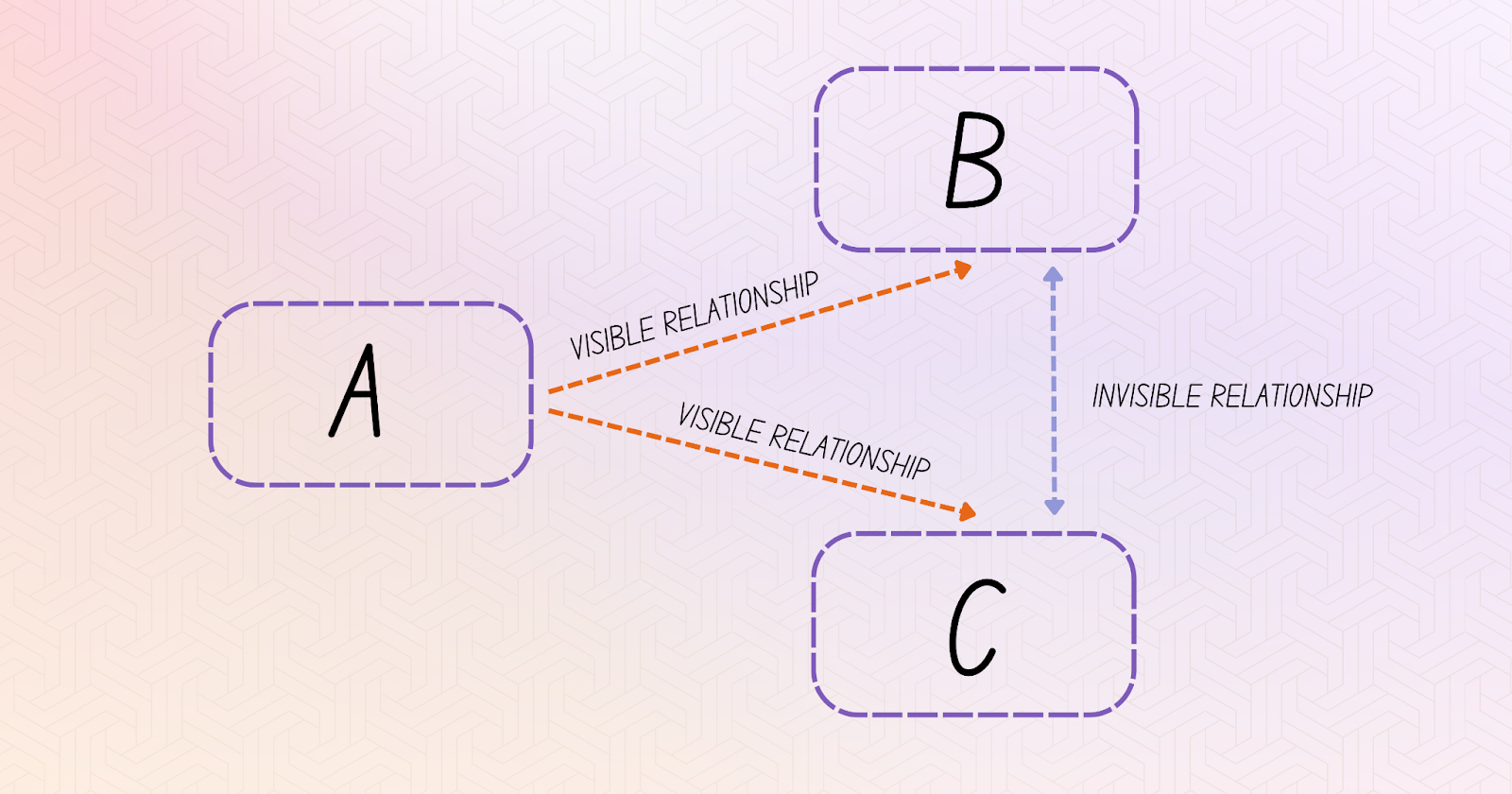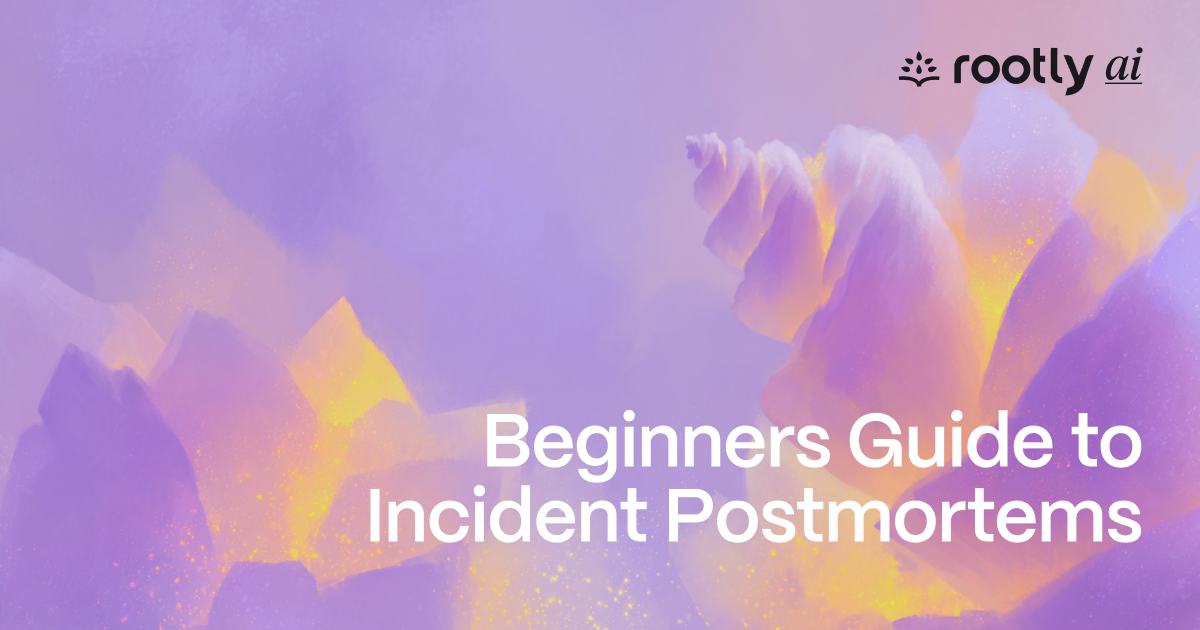If you’re operating a system with real users, incidents are going to happen. It might be a bad deploy, a missed alert, or a third-party failure that takes you by surprise. What defines a strong team isn’t the absence of issues—it’s the ability to respond, reflect, and improve every time something breaks.
That’s where postmortems become essential.
An incident postmortem isn’t just a meeting or a document. It’s a deliberate practice that brings teams together to reconstruct what happened, examine why it happened, and agree on clear actions to reduce future risk or impact. When approached thoughtfully, postmortems do more than stabilize systems—they align teams, sharpen operational readiness, and create shared context across engineering, product, support, and leadership.
They also build trust. Inside your organization, they show your team is accountable and committed to learning. Outside, they demonstrate transparency and long-term thinking—reassuring users, customers, and stakeholders that reliability is a priority, not a marketing slogan.
Whether you're designing a new postmortem process or refining one that's already in place, the goal is the same: to approach each incident with curiosity and precision. Every outage reveals how your systems—and your teams—perform under stress. What you do with that insight is what drives real progress.
Key Takeaways:
- Teams use postmortem reviews to understand incidents, identify root causes, and prevent future failures.
- Blameless postmortem practices create psychological safety and promote open, honest reflection.
- A well-run postmortem improves system reliability by surfacing hidden dependencies and process gaps.
- Effective postmortem workflows include clear ownership, prompt scheduling, and actionable next steps.
- Whether triggered by a failure or a near-miss, every postmortem is an opportunity to evolve team thinking and system design.
What Is an Incident Postmortem?

A postmortem (sometimes called an incident review or retrospective) is a formal review that takes place after an incident has occurred. The process involves gathering the team to discuss the incident in a blameless, structured format. The document serves as a record of the timeline, root cause, impact, resolution steps, and follow-up actions.
Postmortems are not about assigning blame. They exist to uncover system weaknesses, process gaps, and organizational blind spots so that similar issues can be prevented or better mitigated next time.
Benefits of Running Postmortems
Whether you’re running a small startup or a global infrastructure team, postmortems offer immense value:
Internal Benefits
- Foster team trust through transparency and psychological safety
- Drive faster incident resolution through knowledge sharing
- Create consistent processes for learning and accountability
- Prevent recurrence by surfacing root causes, not symptoms
External Benefits
- Improve transparency with stakeholders through structured reporting
- Build user trust by demonstrating a culture of continuous improvement
- Show compliance with SLAs, SLOs, and industry standards
Postmortems are not just operational tools—they are cultural anchors for engineering resilience.
Why Run a Postmortem?
Your infrastructure isn't just made of servers and code—it’s a living, breathing system that includes people, vendors, software, users, and the most unpredictable element of all: time. That complexity makes failure inevitable. But if treated correctly, failure becomes a teacher, not just a setback.
Systems that learn from disruption are considered antifragile—they grow stronger in the face of uncertainty, disorder, and error. Postmortems are your pathway to antifragility.
Every incident reveals something new. Often, what emerges is a hidden interdependency that wasn't visible until stress exposed it. For example:
Imagine a system where:
- Component A connects to both B and C
- There’s no apparent connection between B and C
- Each process from A opens simultaneous connections to B and C

Now suppose B slows down. A queues more processes, each opening connections to C. Eventually, C gets overwhelmed—even though it was B that faltered. You've now uncovered a hidden link between B and C that didn't exist in your mental model before.

That’s the power of a postmortem. It gives you the opportunity to update your understanding of the system and document not only how to prevent the incident, but how to respond faster and more effectively if it happens again.
A good postmortem isn’t just a record—it’s a mechanism for evolving your model of reality.
An effective incident postmortem plan
A strong postmortem process doesn’t happen by accident. It’s designed, documented, and continuously refined. The most effective postmortem plans are clear enough to be followed under pressure and flexible enough to adapt to different types of incidents.
Here’s what to include in your postmortem plan:
1. Define When a Postmortem Is Required
Establish clear criteria for when a postmortem must be triggered—based on severity level, SLA breach, user impact, or operational disruption. This avoids ambiguity and ensures consistent follow-through.
2. Assign Ownership Early
Designate a postmortem facilitator—typically someone from the incident response team, such as the incident commander, SRE, or engineering lead—responsible for guiding the process. Make it clear who documents the event, collects inputs, and drives follow-up.
3. Use a Standard Template
Standardize your postmortem structure with a shared template. This keeps documentation consistent across teams and ensures important elements like timeline, impact, and action items are never missed.
4. Schedule the Review Promptly
Time matters. Add postmortem reviews to the calendar within 24 to 48 hours after incident resolution. Choose a time when all key stakeholders can attend and the event is still fresh in memory.
5. Encourage Blameless Participation
Reinforce a no-blame culture throughout the process. Frame questions around system behavior and process design—not individual decisions. Create psychological safety so contributors feel comfortable sharing openly.
6. Focus on Actionable Outcomes
Every postmortem should result in a small set of clear, prioritized action items. Assign ownership, set deadlines, and follow up regularly. Avoid vague conclusions like “be more careful” or “monitor more closely.”
7. Review and Iterate Regularly
Treat your postmortem process like any other part of your system. Hold periodic retrospectives on how well it’s working. Are documents being written? Are follow-ups happening? Is the process helping teams learn and improve?
When Should You Run a Postmortem?
Not every incident warrants a full postmortem, but many do. A good rule of thumb:
Run a postmortem when an incident:
- Breaches SLAs/SLOs (e.g., uptime, latency, availability)
- Impacts a significant number of users or key stakeholders
- Requires cross-functional coordination or emergency escalation
- Could recur if underlying causes aren’t addressed
Optional but useful postmortems include:
- Near-misses where luck prevented major damage
- Recurring minor incidents that point to systemic issues
- Major planned interventions (e.g., infrastructure overhauls)
Best practice: Run the postmortem within 48 hours of incident resolution. The closer to the event, the fresher the memory and the more accurate the timeline.
Proactive vs. Reactive Postmortems
Most teams think of postmortems as reactive: something you do after a failure. But proactive postmortems are just as valuable.
Reactive Postmortem
- Triggered by an actual incident
- Focuses on recovery, root cause, and future prevention
Proactive Postmortem
- Triggered by a near-miss, emerging trend, or recurring issue
- Helps surface systemic vulnerabilities before they escalate
Running both types gives your team a more complete picture of risk, helping you stay ahead of future problems.
Do’s and Don’ts of Running Postmortems
Do:
- Foster a blameless environment: Focus on the process, not the person
- Involve the right stakeholders: Engineers, ops, and business teams
- Use data and logs to reconstruct the timeline objectively
- Assign clear, actionable takeaways with owners and due dates
Don’t:
- Point fingers or assign blame
- Skip the write-up—verbal discussions alone don’t scale
- Delay the postmortem until memory fades
- Overcomplicate: Keep the format consistent and lightweight
Examples:
- Poor behavior: "Alice deployed broken code."
- Ideal behavior: "A lack of automated tests allowed faulty code to be deployed without detection."
Key Components of a Postmortem Document
A well-structured postmortem should include:
- Summary: What happened in 1-2 sentences
- Timeline: Chronological account with timestamps
- Impact: Who/what was affected and how badly
- Root Cause Analysis: Technical and process-level causes
- Resolution Steps: How the issue was identified and fixed
- Action Items: Preventative tasks with clear ownership
- Metrics: MTTR, duration, severity level, incident cost (if applicable)
Optional additions:
- Screenshots or logs
- Charts or metrics snapshots
- Links to Slack threads, Jira tickets, or runbooks
What to Do With the Postmortem Document
Creating the document is only half the job. To make it impactful:
- Store in a central, searchable location (e.g., Confluence, Notion, Rootly)
- Tag with relevant metadata (incident type, affected system, date, severity)
- Circulate internally to stakeholders (product, support, leadership)
- Review in monthly ops or engineering review meetings
External sharing: Only share externally if it’s properly anonymized, reviewed by comms/legal, and framed constructively. Transparency builds trust but must be handled with care.
Tools, Templates, and Automation
Speed and consistency matter. Use:
- Incident postmortem templates to standardize structure
- Incident management tools (e.g., Rootly, PagerDuty, FireHydrant)
- Automated timeline builders to pull Slack, logs, and alerts
- Checklists for facilitators and participants
- Recurring calendar reminders to review past postmortems monthly
Automation ensures nothing gets missed when adrenaline is high.
Turning Incidents Into Insight
Postmortems aren’t about fault. They’re about building better systems and stronger teams. By leaning into incident reviews with a blameless, consistent process, you create a culture of curiosity, learning, and resilience.
Every incident is an opportunity to improve. Don’t let that opportunity go to waste. Start small, stay consistent, and let your postmortem process evolve with your team.
.avif)























